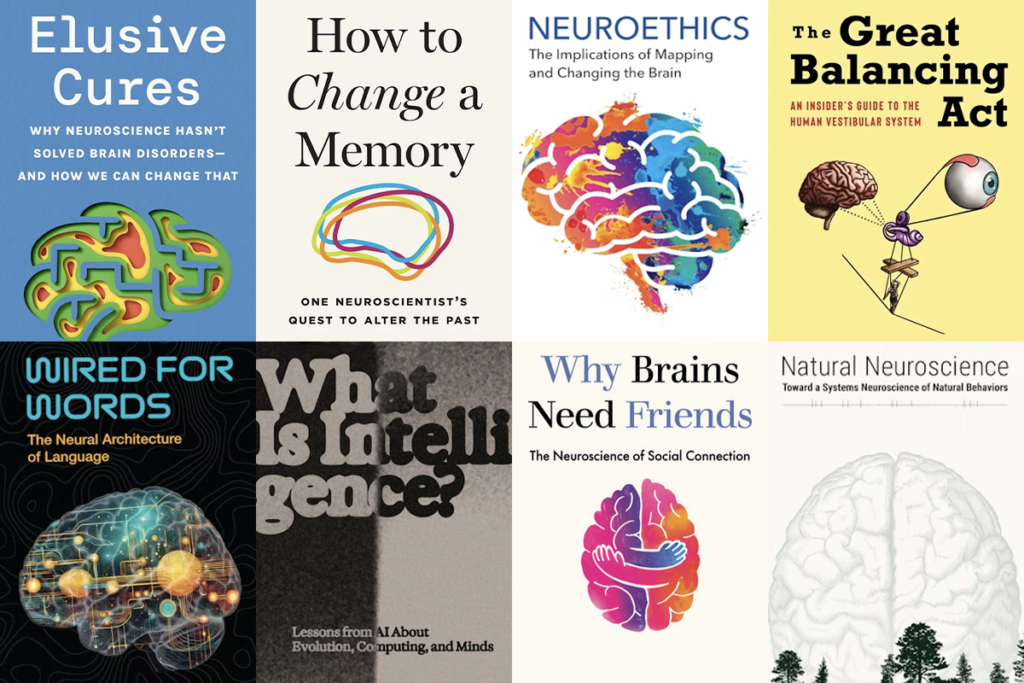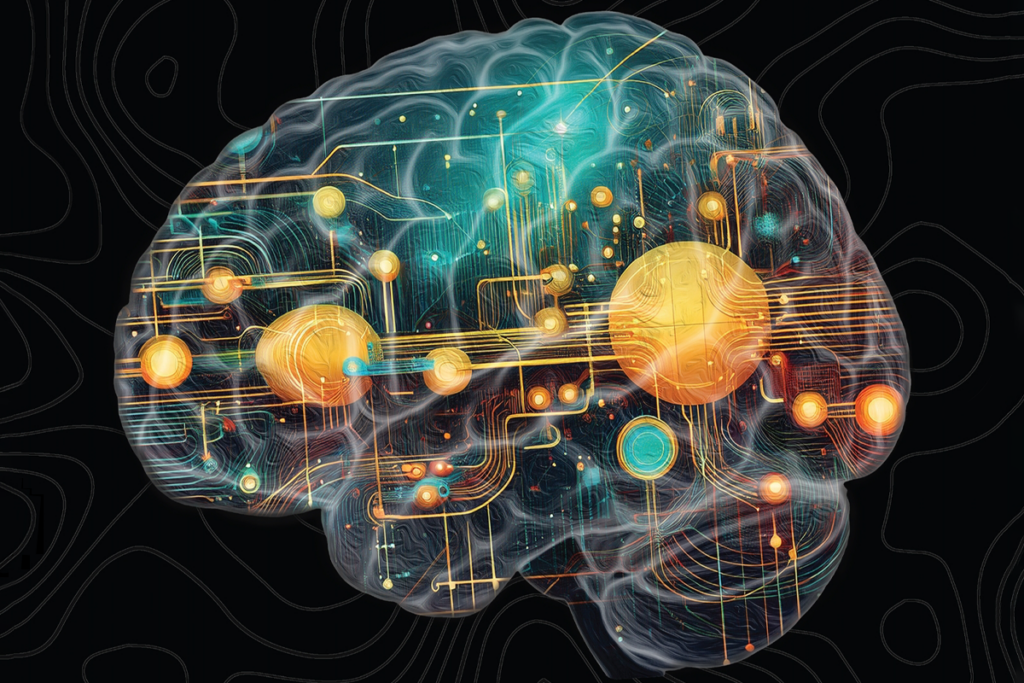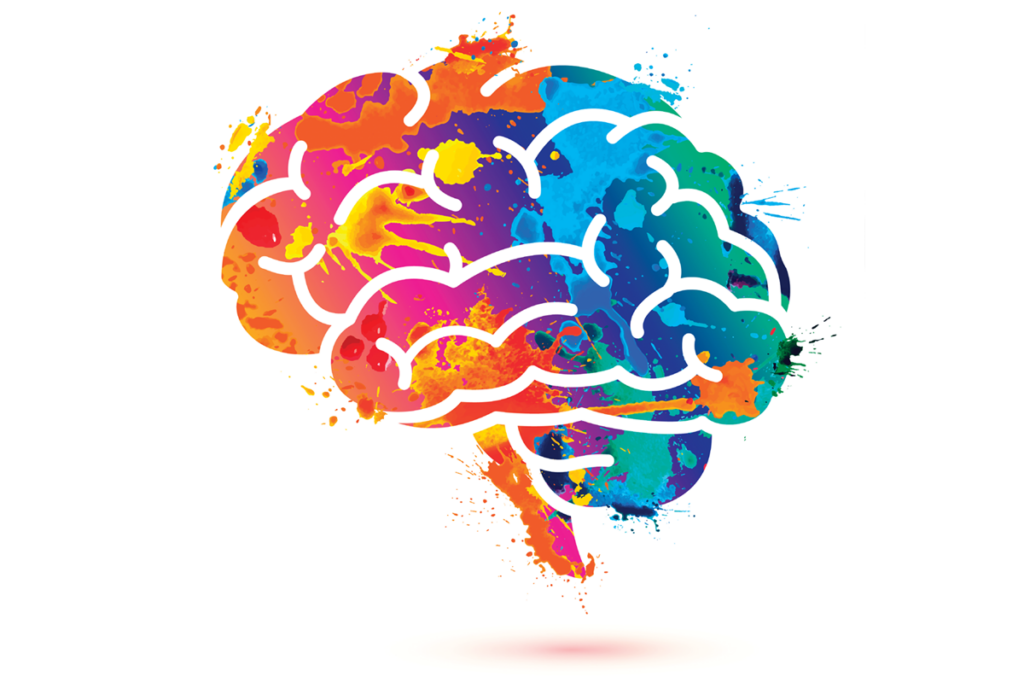Upcoming titles:
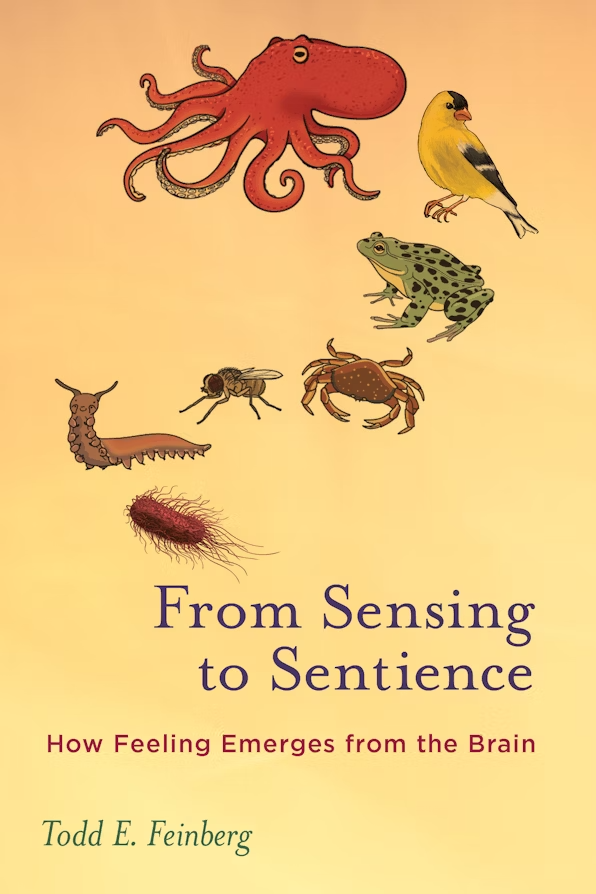 “From Sensing to Sentience: How Feeling Emerges From the Brain,” by Todd E. Feinberg (MIT Press)
“From Sensing to Sentience: How Feeling Emerges From the Brain,” by Todd E. Feinberg (MIT Press)
Individual brain structures work together to perform the cognitive processes that power sentience. But how sentience develops from these separate but interconnected brain areas has proved difficult to pin down. In “From Sensing to Sentience,” neurologist Todd E. Feinberg attempts to do so using a self-described “bottom-up” approach, working through the key evolutionary steps required for sentience to emerge from disparate parts of the nervous system.
Publication date: 1 October 2024
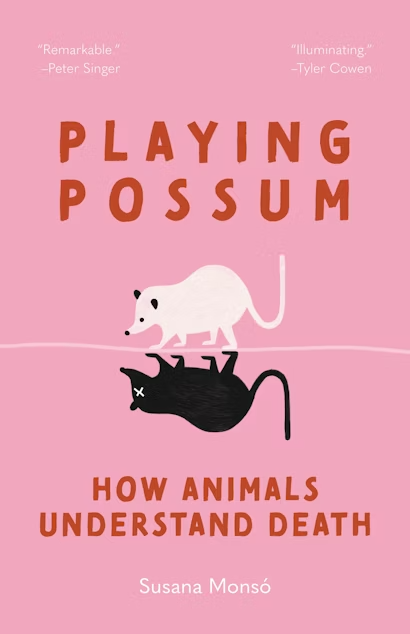 “Playing Possum: How Animals Understand Death,” by Susana Monsó (Princeton University Press)
“Playing Possum: How Animals Understand Death,” by Susana Monsó (Princeton University Press)
Animals can respond to death in surprising ways: Ants remove the dead from their colonies; elephants bury their corpses; whales carry their dead across the sea. In this first English translation of Susana Monsó’s 2021 release, the philosopher and animal cognition expert draws on behavioral science and comparative psychology to describe how a range of animals address mortality. Monsó upends our anthropocentric views of death and makes the case that other species possess the cognitive requirements to understand death and mortality.
Publication date: 15 October 2024
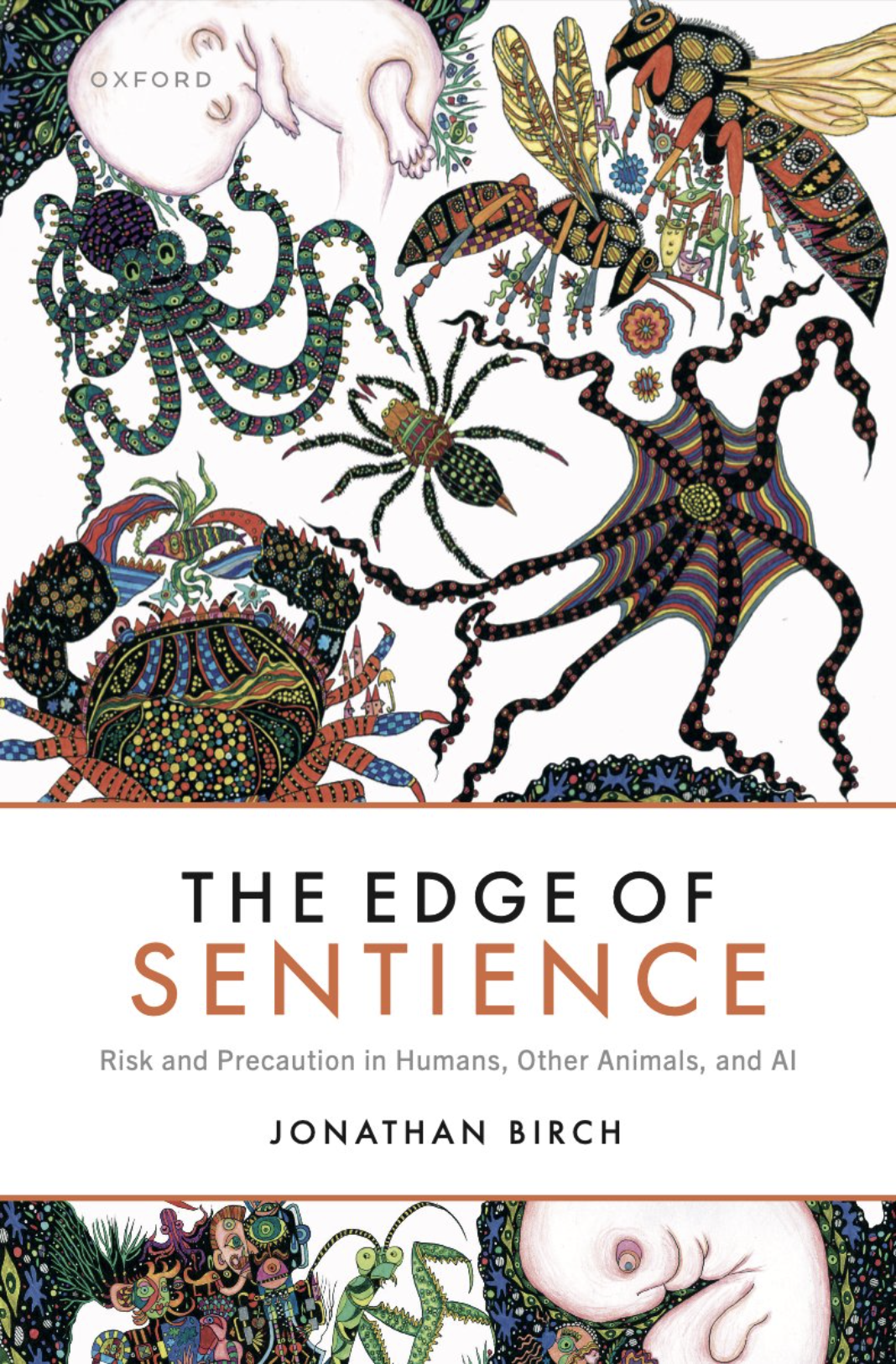 “The Edge of Sentience: Risk and Precaution in Humans, Other Animals, and AI,” by Jonathan Birch (Oxford University Press)
“The Edge of Sentience: Risk and Precaution in Humans, Other Animals, and AI,” by Jonathan Birch (Oxford University Press)
Scientific, political and ethical questions about sentience are complex and often mired in deep-seated uncertainty. Which animals possess consciousness? Can sentience develop in neural organoids? Does cognitive-motor disruption render someone no longer sentient? In “The Edge of Sentience,” philosopher Jonathan Birch delivers a nuanced analysis of these and other major quandaries—plus a set of proposals to guide neuroscientists and policymakers toward fact-based, ethically sound answers.
Publication date: 15 October 2024 (e-book available 19 July)
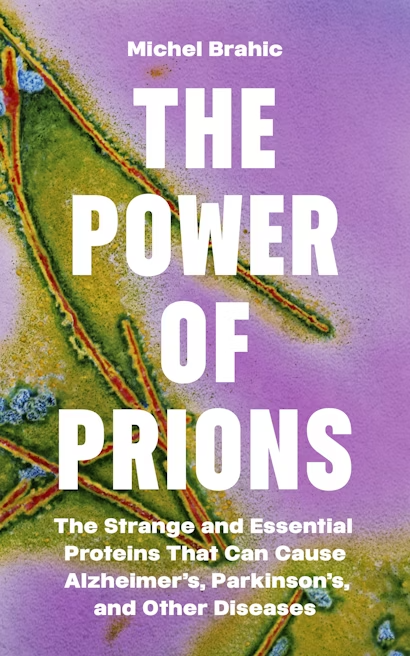 “The Power of Prions: The Strange and Essential Proteins That Can Cause Alzheimer’s, Parkinson’s, and Other Diseases,” by Michel Brahic (Princeton University Press)
“The Power of Prions: The Strange and Essential Proteins That Can Cause Alzheimer’s, Parkinson’s, and Other Diseases,” by Michel Brahic (Princeton University Press)
Michel Brahic provides a thorough history of prion proteins that delves beyond their well-documented role in neurodegenerative diseases. A prion researcher himself, Brahic expertly details the origins of his field—including the initial discovery of prions in sheep brains, the mad cow disease epidemic and the transmission of prions among Indigenous people who practiced cannibalism—and ventures into the research behind less-discussed “good prions” to describe their role in long-term memory and synaptic remodeling.
Publication date: 29 October 2024
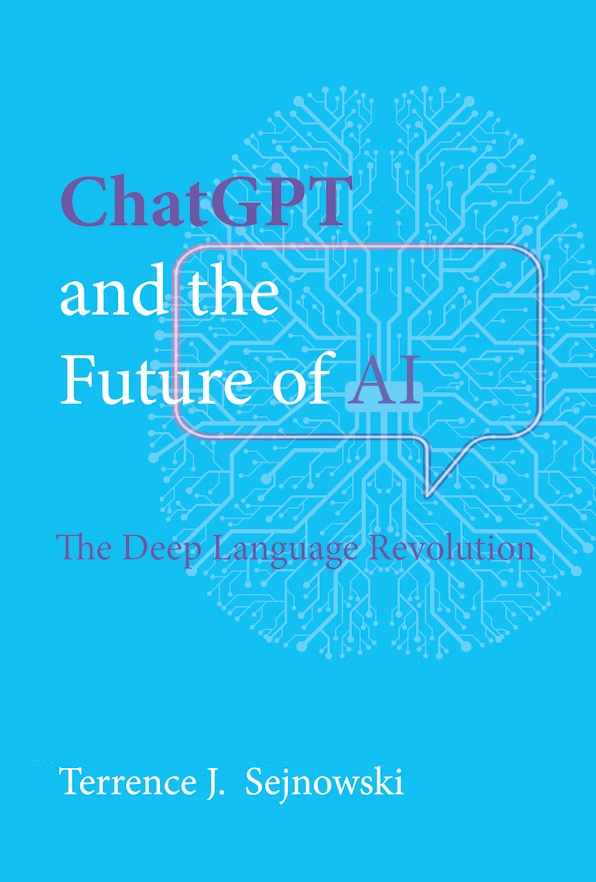 “ChatGPT and the Future of AI: The Deep Language Revolution,” by Terrence J. Sejnowski (MIT Press)
“ChatGPT and the Future of AI: The Deep Language Revolution,” by Terrence J. Sejnowski (MIT Press)
In his fourth book, Terrence Sejnowski looks at the past, present and future of large language models (LLMs) and offers his take on debates surrounding LLMs and the capacity of artificial intelligence (AI) to mirror cognitive processes such as language comprehension, thinking and consciousness. Sejnowski, head of the Computational Neurobiology Laboratory at the Salk Institute, argues that AI models still have much to learn from the nervous system and predicts that insights from essential brain processes, such as long-term memory and neuromodulation, will shape the next generation of LLM models.
Publication date: 29 October 2024
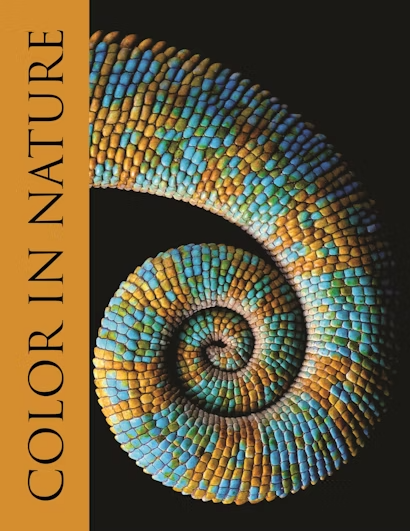 “Color in Nature,” by Justin Marshall, Anya Hurlbert, Jane Boddy, Thomas Cronin, Ron Douglas, Sönke Johnsen and Fabio Cortesi (Princeton University Press)
“Color in Nature,” by Justin Marshall, Anya Hurlbert, Jane Boddy, Thomas Cronin, Ron Douglas, Sönke Johnsen and Fabio Cortesi (Princeton University Press)
Do animals with an abundance of color receptors have the best visual systems? How does color perception shift during an animal’s life? What do shrimp perceive? “Color in Nature” attempts to wrangle these and many other questions about visual perception in the wild, and explores the importance of color perception and its influence on animal behavior. Individual chapters explain the origins of photoreception, color vision variety in the wild and color processing in the brain, along with stunning illustrations of animal life.
Publication date: 5 November 2024
Notable titles from the past year:
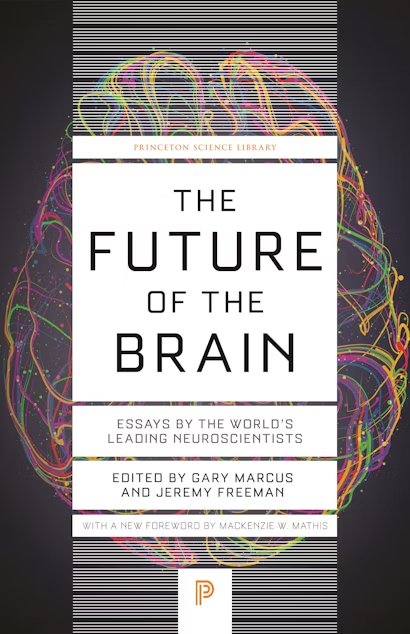 “The Future of the Brain: Essays by the World’s Leading Neuroscientists,” Edited by Gary Marcus and Jeremy Freeman (Princeton University Press)
“The Future of the Brain: Essays by the World’s Leading Neuroscientists,” Edited by Gary Marcus and Jeremy Freeman (Princeton University Press)
This new edition of “The Future of the Brain” aims to future-proof the original 2014 collection of scientist-written essays with an updated foreword by behavioral neuroscience and machine-learning expert Mackenzie Mathis. The foreword places the decade-old essays in historical context, praises the prescience of their ideas and highlights how far neuroscience still has to go to answer its most fundamental questions.
Publication date: 30 April 2024
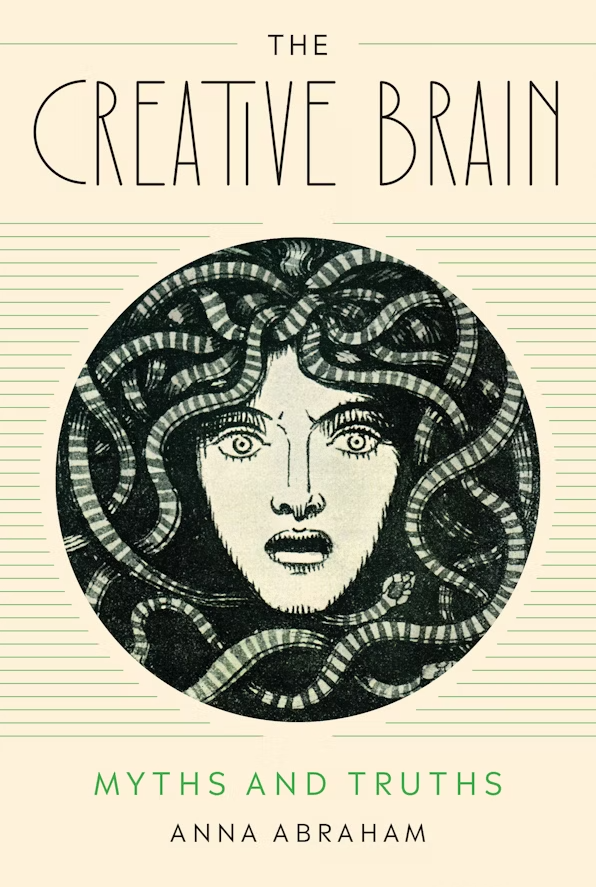 “The Creative Brain: Myths and Truths,” by Anna Abraham (MIT Press)
“The Creative Brain: Myths and Truths,” by Anna Abraham (MIT Press)
Public perception of the brain is rife with myths—that dopamine functions as a pleasure signal, for example, that mental illness drives creativity or that the brain is split into creative and analytical hemispheres. In “The Creative Brain,” neuroscientist Anna Abraham digs through decades of research to identify the origins of seven of the most common misconceptions and skillfully teases out the small truths behind them, using empirical evidence from cognitive psychology and neuroscience.
Publication date: 30 April 2024
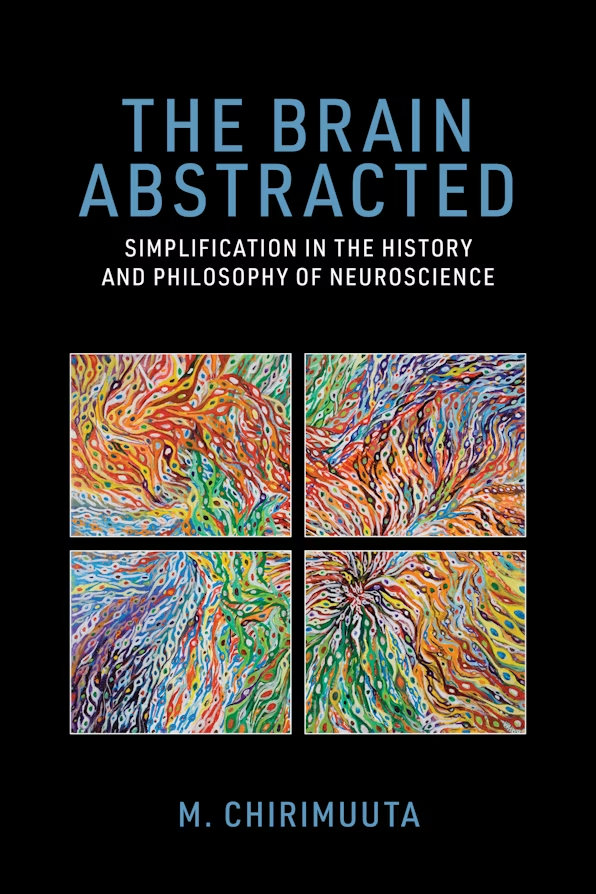 “The Brain Abstracted: Simplification in the History and Philosophy of Neuroscience,” by Mazviita Chirimuuta (MIT Press)
“The Brain Abstracted: Simplification in the History and Philosophy of Neuroscience,” by Mazviita Chirimuuta (MIT Press)
Scientists often use reductionism to wrap their heads around the complex nature of biological systems, but Mazviita Chirimuuta, who specializes in the philosophy of neuroscience, argues that this principle may no longer be useful for studying the nervous system. Chirimuuta provides a maximalist lens through which neuroscientists and philosophers can interpret modern neuroscience, and that challenges them to embrace the unwieldy nature of the brain.
Publication date: 5 March 2024
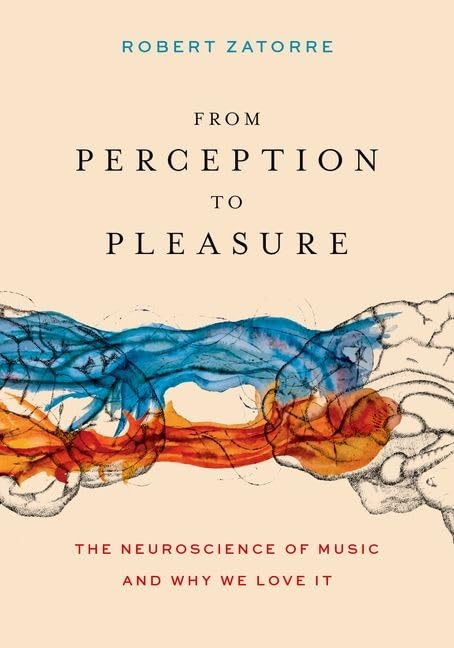 “From Perception to Pleasure: The Neuroscience of Music and Why We Love It,” by Robert Zatorre (Oxford University Press)
“From Perception to Pleasure: The Neuroscience of Music and Why We Love It,” by Robert Zatorre (Oxford University Press)
Why do we like music so much? To find out, cognitive neuroscientist Robert Zatorre analyzes how neural circuits process different aspects of musical cognition, such as perceiving distinct pitches or imagining a tune in your head long after your first listen. Zatorre posits that our enjoyment emerges from functional interactions between circuits that control cognition, perception and our reward system. His descriptions of these interactions provide a comprehensive look at the neurobiological basis for musical pleasure.
Publication date: 15 December 2023
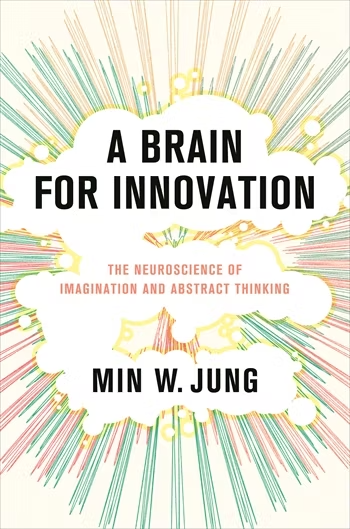 “A Brain for Innovation: The Neuroscience of Imagination and Abstract Thinking,” by Min W. Jung (Columbia University Press)
“A Brain for Innovation: The Neuroscience of Imagination and Abstract Thinking,” by Min W. Jung (Columbia University Press)
Abstract thinking and a capacity for innovation are central to human nature. In “A Brain for Innovation,” neuroscientist Min W. Jung dissects the circuits and neural mechanisms involved in imagination and high-level abstraction. Jung examines the hippocampus’s role in imagination and its ties to memory and the evolution of the cognitive capabilities that enable abstract thinking. He then connects these unique human faculties to creativity and innovation.
Publication date: 12 December 2023

